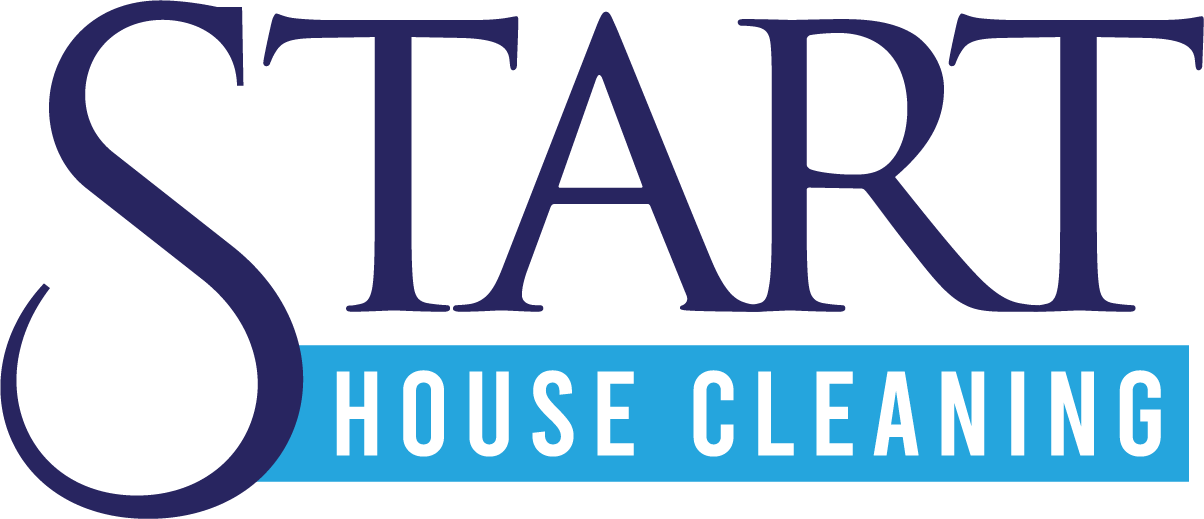A wooden cutting board is a staple in most kitchens, but did you know it requires regular sanitation to prevent the growth of harmful bacteria? Sanitizing a wooden cutting board is a simple process that can help you maintain longevity and ensure your food is safe. This article will guide you through the steps required to sanitize a wooden cutting board effectively.
Why is it important to sanitize a wooden cutting board?
A wooden cutting board is a shared kitchen item that can quickly become a breeding ground for harmful bacteria if not properly sanitized. When you use a cutting board, it can become contaminated with bacteria from the food you’re cutting. These bacteria can survive on the cutting board’s surface and overgrow, causing food poisoning or other illnesses. By sanitizing your wooden cutting board, you can eliminate harmful bacteria and keep your kitchen safe and healthy.
What are the materials required to sanitize a wooden cutting board?
You’ll need a few simple materials to sanitize a wooden cutting board. These include dish soap, white vinegar, hydrogen peroxide, warm water, and a clean cloth or sponge. These materials are readily available in most kitchens and are safe to use on wooden cutting boards.

How to sanitize a wooden cutting board: Step-by-Step Guide
Step 1: Cleaning the wooden cutting board
The first step in sanitizing your wooden cutting board is to clean it thoroughly. To do this, apply dish soap to the cutting board’s surface, and use a clean cloth or sponge to scrub it. Rinse the cutting board with warm water to remove any remaining soap residue.
Step 2: Sanitizing the wooden cutting board
The next step is to sanitize the cutting board. Start by pouring white vinegar over the surface of the cutting board. Let the vinegar sit for 5 minutes, and then rinse the cutting board with warm water. Next, apply hydrogen peroxide to the cutting board’s surface and let it sit for another 5 minutes. Finally, rinse the cutting board with warm water to remove any remaining peroxide.
Step 3: Drying the wooden cutting board
Once the cutting board has been sanitized, it’s important to dry it thoroughly to prevent any remaining bacteria from growing. Use a clean towel to dry the cutting board, and then stand it upright to air dry completely before storing it.
How often should you sanitize your wooden cutting board?
It’s important to sanitize your wooden cutting board after each use to prevent the growth of harmful bacteria. If you don’t use your cutting board frequently, you should sanitize it at least once a week to ensure it remains clean and safe.
Sanitizing a Cutting Board Frequently Asked Questions (FAQs)
FAQ 1: Can you use bleach to sanitize a wooden cutting board?
No, bleach is too harsh for a wooden cutting board and can damage the wood. Additionally, bleach can leave a strong odor that can be absorbed by the wood, affecting the taste of your food. For this reason, it’s best to avoid using bleach on wooden cutting boards.
FAQ 2: Can you put a wooden cutting board in the dishwasher?
No, a wooden cutting board should never be put in the dishwasher. The high temperature and moisture in the dishwasher can cause the wood to warp and crack, reducing the cutting board’s lifespan. Instead, hand-washing a wooden cutting board with soap and water is recommended and then following the steps to sanitize it.
In Summary,
A wooden cutting board is necessary for any kitchen, but it requires regular sanitation to remain safe and clean. Follow the simple steps outlined in this guide to sanitize your wooden cutting board effectively. By doing so, you can eliminate harmful bacteria and maintain the longevity of your cutting board, keeping your kitchen safe and healthy. Remember to sanitize your wooden cutting board after each use, and if you don’t use it frequently, at least once a week. By following these steps, you’ll be well on your way to maintaining a clean and healthy kitchen.

